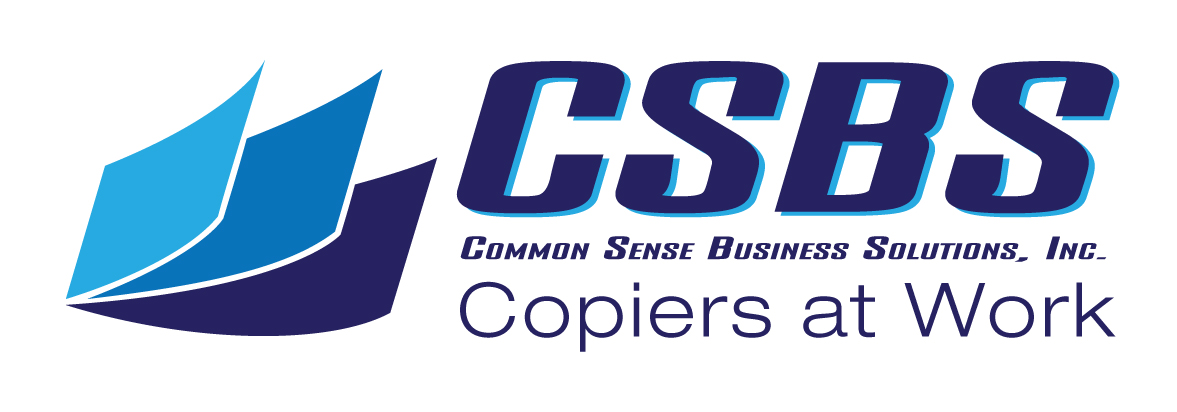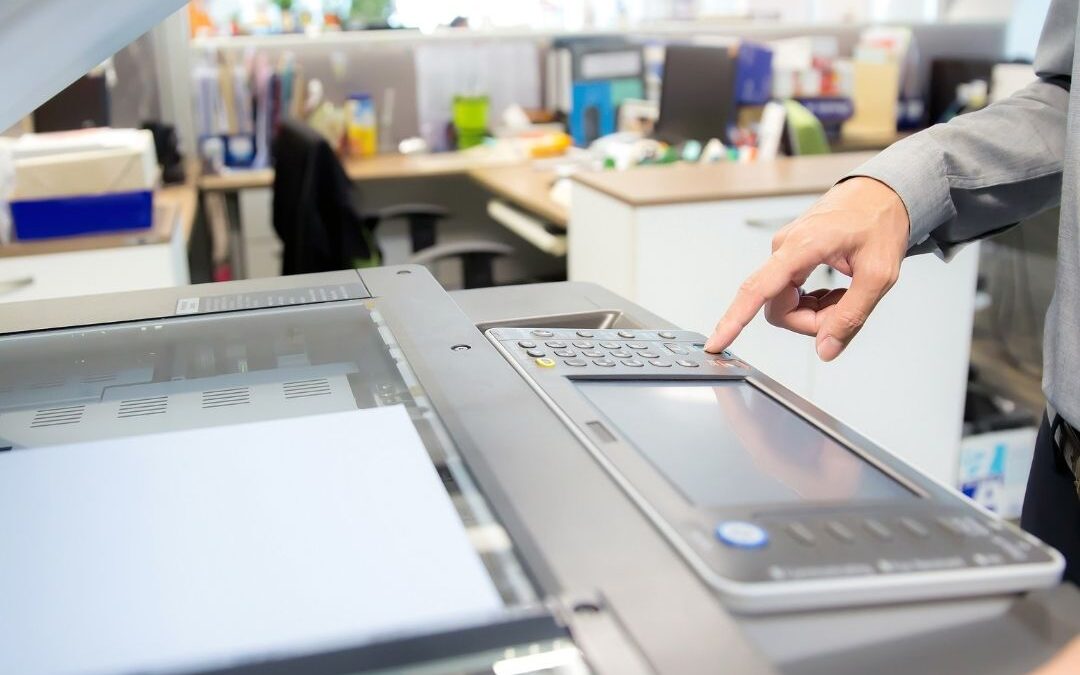As companies grow and add employees a common byproduct of this growth is an ever expanding fleet of desktop printers. Over the course of years laser printers seem to multiply like mushrooms until many companies end up with more individual printers than employees. Often this fleet of printers can be made up of a hodge-podge of different brands and types of printers used for a variety of different tasks. Some printers are used primarily for color printing, others primarily for printing checks and some are used just so individual employees don’t have to leave their desks to lay hands on a printed page. This glut of desktop printers can have an un-desirable result including but not limited to; high cost of maintaining replacement toner and ink cartridges, wasted time searching for service to repair issues and lost productivity due to the in-efficient nature of inexpensive desktop printers.
Benefits of consolidating desktop printers to more efficient and cost effective workgroup printers;
- Workgroup printers generally come with all inclusive service agreements that eliminate the need to search for service and support each time an issue arises.
- Workgroup printers generally come with all inclusive supply agreements that include the toner and in many cases include a back up shelf stock of toner to ensure the end user is never out of toner.
- Workgroup printers generally cost a fraction as much to print a page as the cost to print the same page on a desktop printer.
- Workgroup printers are generally of a higher quality manufacture and provide better image quality, faster print speed and greater reliability than desktop printers.
- Workgroup printers offer higher yield supplies and larger paper supplies resulting in less downtime in response to consumable replacement.
- Workgroup printers generally offer a host of efficiency enhancing features not found in desktop printers; 11” x 17” printing, high speed scanning, account tracking and more.
In summary, often companies find that they are spending more money to operate and maintain a fleet of mismatched printers that are modestly efficient at best than they would spend to upgrade to workgroup printers that have proven to be faster, more efficient and reliable. Many office equipment suppliers offer a detailed, complimentary evaluation to determine the best printing solution for your company. In many cases these companies can show you exactly how many pages you are printing, exactly what the prints are costing your company on a monthly basis and exactly how much you would save by switching to workgroup printers. It’s always better to know than not and once you have the information on your company’s usage and costs than you can make an informed decision on what makes the most sense for you.

FAQs about Desktop Printers and Workgroup Printers
1. What are the drawbacks of having multiple desktop printers in an office?
Having numerous desktop printers can lead to high maintenance costs for ink and toner cartridges, wasted time searching for service, and lost productivity due to the inefficiency of inexpensive desktop printers.
2. What are the benefits of switching to workgroup printers?
Workgroup printers come with all-inclusive service agreements, including supply agreements for toner, resulting in lower operational costs. They offer better image quality, faster print speeds, and greater reliability compared to desktop printers.
3. How do workgroup printers help in reducing operational costs?
Workgroup printers generally cost less per page compared to desktop printers, resulting in significant savings over time. Additionally, their higher yield supplies and larger paper supplies lead to less downtime in response to consumable replacement.
4. What additional features do workgroup printers offer?
Workgroup printers offer a range of efficiency-enhancing features such as 11” x 17” printing, high-speed scanning, and account tracking, which are not typically found in desktop printers.
5. How can companies determine if switching to workgroup printers is the right decision?
Many office equipment suppliers offer complimentary evaluations to assess the best printing solution for a company. These evaluations provide insights into printing usage, costs, and potential savings by switching to workgroup printers.
6. Can workgroup printers handle different types of printing tasks?
Yes, workgroup printers are versatile and can handle various printing tasks, including color printing, check printing, and standard document printing.
7. Do workgroup printers offer better reliability compared to desktop printers?
Yes, workgroup printers are generally of higher quality manufacture, providing greater reliability and minimizing downtime due to technical issues.
8. Are workgroup printers suitable for large companies with high printing volumes?
Absolutely! Workgroup printers are designed to handle high printing volumes efficiently, making them an ideal choice for large companies.
9. How can workgroup printers improve office productivity?
By offering faster print speeds, better image quality, and advanced features, workgroup printers contribute to enhanced office productivity by reducing printing-related downtime and streamlining printing tasks.
10. What steps should companies take to transition to workgroup printers?
Companies interested in transitioning to workgroup printers should consult with office equipment suppliers for a detailed evaluation and seamless transition plan tailored to their specific printing needs and budget constraints.


